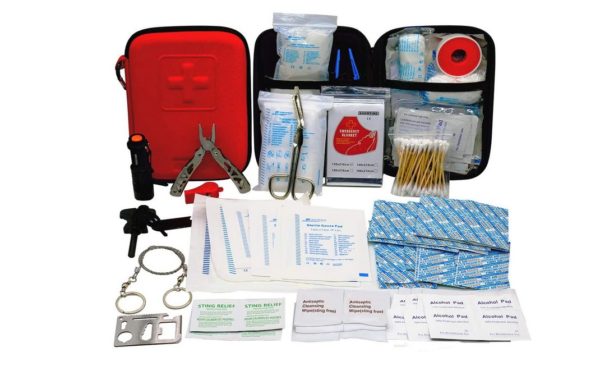What are the School first aid kit requirements? Read on
In any learning institution, it is the management’s responsibility to keep everyone safe. One way to do this is by ensuring all safety measures are put in place to help deal with emergencies. A first aid kit is very essential when handling emergencies in schools. It helps protect the well-being of staff and students in such occurrences.
The school should ensure that the first aid kit has enough supplies for the school premises, any school vehicles, and all staff members. It should also ensure that there is always a first aid officer who will not only assist an injured or ill person but one who has current qualifications covering all the school’s first aid requirements.
Importance of First Aid kits
First aid involves emergency treatment and support which;
- Preserves life through clearing and maintaining open airways, restoring breathing, and monitoring the wellbeing of the patient until they recover or they are under an ambulance paramedic, doctor, or nurse.
- Protects the patient if they are unconscious
- Prevents the condition from worsening
- Promotes recovery
School First Aid Kit Requirements List
Materials
- First Aid/CPR instruction book
- CPR instructions poster
- Emergency contact and health information for students, teachers, and staff
- Emergency Care Plans for special needs students
- List of First Aid trained teachers and staff
- Map of the school buildings and grounds
- School-wide emergency operations response plan
- List of important local emergency telephone numbers including police, fire, emergency services, nearest hospitals, Poisons Information Centre
Supplies
- Bandaids– they help to take care of scraped knees, paper cuts, hangnails, and scratched scabs. They should be kept in various sizes and shapes.
- Bandages- they help to seal an injury and prevent contamination which could lead to further infection.
- Stethoscope– this is an acoustic medical device used for auscultation or listening to internal sounds of the human body.
- Vomit waste bags– they help to hold the vomit or other waste from the patient’s body
- Exam Gloves– the first aid provider should put on gloves if bodily fluids are involved.
- Antiseptic pads– the little wipes are ideal for cleaning off a cut before putting the bandaid on it.
- Gauze Pads– they are used for playground scrapes that are too big for a bandaid.
- Adhesive tape– it helps to hold the gauze on until proper medical care is offered
- Tweezers– they are important when handling splinters
- Ice packs– ice comes in handy to cool of bruises that kids get when hit by something or someone.
- Itch Cream or Ointment– mosquito bites and other skin irritations can be soothed by the application of creams and ointments.
- Antibiotic Cream– always check to be sure that you are allowed to use the creams before application. Antibiotic cream is suitable for applying to small cuts and scrapes.
- Thermometer– a digital thermometer is helpful, especially in preschool settings.
- Alcohol wipes– alcohol is important in disinfecting injuries as well as tools before use. Alcohol wipes can also be used to disinfect hands before handling the patient.
- Scissors– they are useful in cutting bandages, tapes, and other medical items.
- Wheelchair– this is important in handling people who need to be moved from one place to another and can’t walk on their own.
See Also
- 7 Best Survival Kits for Kids
- 7 Best 2 Person Survival Kits
- Best 3 Day Survival Kits
- 8 Best Survival Kits for Cars
- Best 4 Person Survival Kits
- 10 Best Outdoor Survival Kits
- 10 Best Emergency Survival Kits for Family
